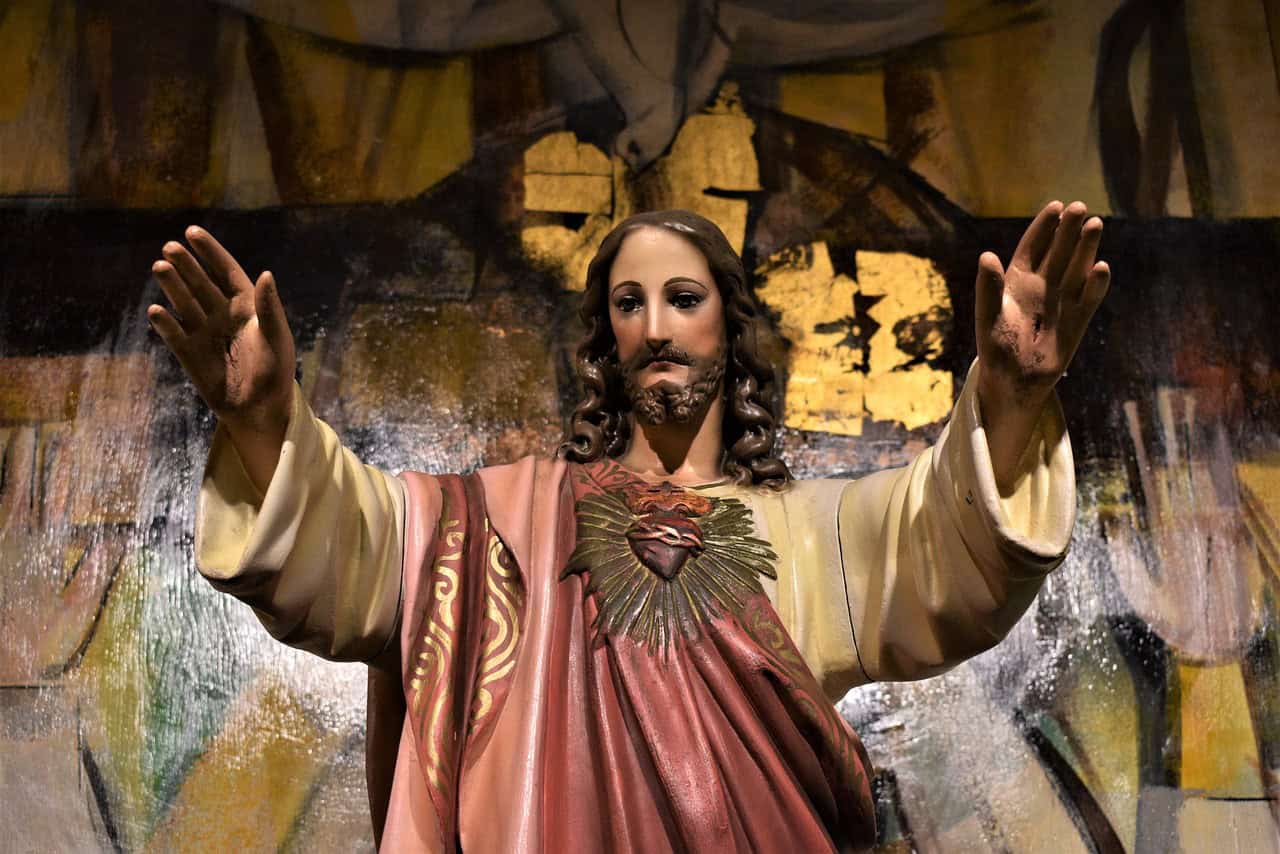Introduction
Sacred sites have always played a central role in the religious and spiritual lives of people across the world. These places hold deep cultural, historical, and spiritual significance, offering a unique connection between individuals and their faith. Whether it’s a temple, mosque, church, or natural site considered sacred, these locations provide a space for reflection, prayer, and community bonding. Preserving these sacred sites is not only about protecting physical structures but also about ensuring that future generations can continue to experience the profound connection these sites offer to their faith and spirituality.
The Spiritual Importance of Sacred Sites
Sacred sites are much more than physical locations; they are places where the divine intersects with the human experience. For believers, these sites are often seen as a direct connection to God or higher spiritual powers. In many religious traditions, sacred sites are considered the dwelling places of gods, prophets, or saints. For example, the Kaaba in Mecca, Islam’s holiest site, is not only a structure but a profound symbol of the unity of faith. Similarly, Jerusalem, with its importance to Christianity, Judaism, and Islam, draws millions of pilgrims every year who seek spiritual connection.
Visiting these sites is often considered a pilgrimage or a rite of passage. Pilgrims travel great distances, sometimes for weeks or even months, in order to reach these sacred locations, which offers them a deep sense of connection to their faith, culture, and history. The preservation of these sacred places ensures that the practices and traditions surrounding these sacred journeys are not lost over time.
Preservation of Sacred Sites and Its Role in Faith
Preserving sacred sites is about more than just safeguarding the physical integrity of these places. It is about ensuring that the traditions and beliefs associated with these sites continue to thrive and evolve. Sacred sites often hold artifacts, inscriptions, and architectural styles that are representative of the faith’s history. These elements are valuable not just to the local community but to the global heritage as well. When sacred sites are preserved, they serve as a living testament to the culture and history of a particular faith.
Moreover, sacred sites are often places of learning, where knowledge and spiritual teachings are passed down from generation to generation. For instance, ancient monasteries and temples serve as centers of religious study, where texts are preserved and spiritual practices are taught. When these sites are preserved, they maintain the continuity of religious education and spiritual wisdom, helping new generations understand and appreciate their faith’s rich heritage.
The Impact of Modern Development on Sacred Sites
In today’s rapidly developing world, many sacred sites are at risk due to urbanization, industrialization, and environmental changes. Construction projects, tourism, and even natural disasters can cause irreparable damage to these sacred spaces. As populations grow and cities expand, sacred sites often find themselves in danger of being desecrated or destroyed.
For instance, the Buddhist monuments of Bamiyan in Afghanistan were destroyed by the Taliban in 2001, devastating both the local community and the global Buddhist faith. Similarly, the Machu Picchu site in Peru, while protected, faces ongoing threats from mass tourism and environmental degradation. Such instances highlight the importance of actively protecting sacred sites, not just for the sake of history, but for the spiritual wellbeing of future generations.
The Role of Technology in Sacred Site Preservation
In an age where technology is increasingly interwoven with our daily lives, it can also play a crucial role in preserving sacred sites. Digital preservation, 3D mapping, and virtual reality technologies can help create detailed records of sacred sites, enabling people to experience and learn about these places even if they cannot physically visit them. Furthermore, technology allows for the monitoring of environmental conditions and structural integrity, alerting authorities to potential threats and enabling them to take preemptive action.
Another innovative approach is the use of online platforms for awareness and advocacy. By using social media and digital campaigns, people worldwide can come together to advocate for the protection and preservation of sacred sites, helping to garner support for preservation efforts and ensuring that these sacred places are not lost to time and development.
Why We Must Act Now
The preservation of sacred sites is an urgent responsibility for the global community. These places are not only central to faith traditions but also act as symbols of humanity’s collective spiritual and cultural history. By safeguarding sacred sites, we are ensuring that future generations will have the opportunity to experience the profound sense of connection to their faith that these places provide.
As our world continues to change, the challenge of preserving sacred sites becomes ever more pressing. Faith communities, governments, and organizations must collaborate to protect these places and ensure that they remain standing for years to come.
Conclusion
Sacred sites are much more than just buildings or landmarks; they are the living embodiment of faith, history, and tradition. Preserving these sites is essential to maintaining our connection to the divine and to our spiritual practices. By actively engaging in their preservation, we ensure that these sacred places continue to inspire, teach, and connect people to their faith for generations to come. As we move forward, it is essential that we prioritize the protection of these sites, ensuring that they remain not just for us, but for the generations that will come after us.




